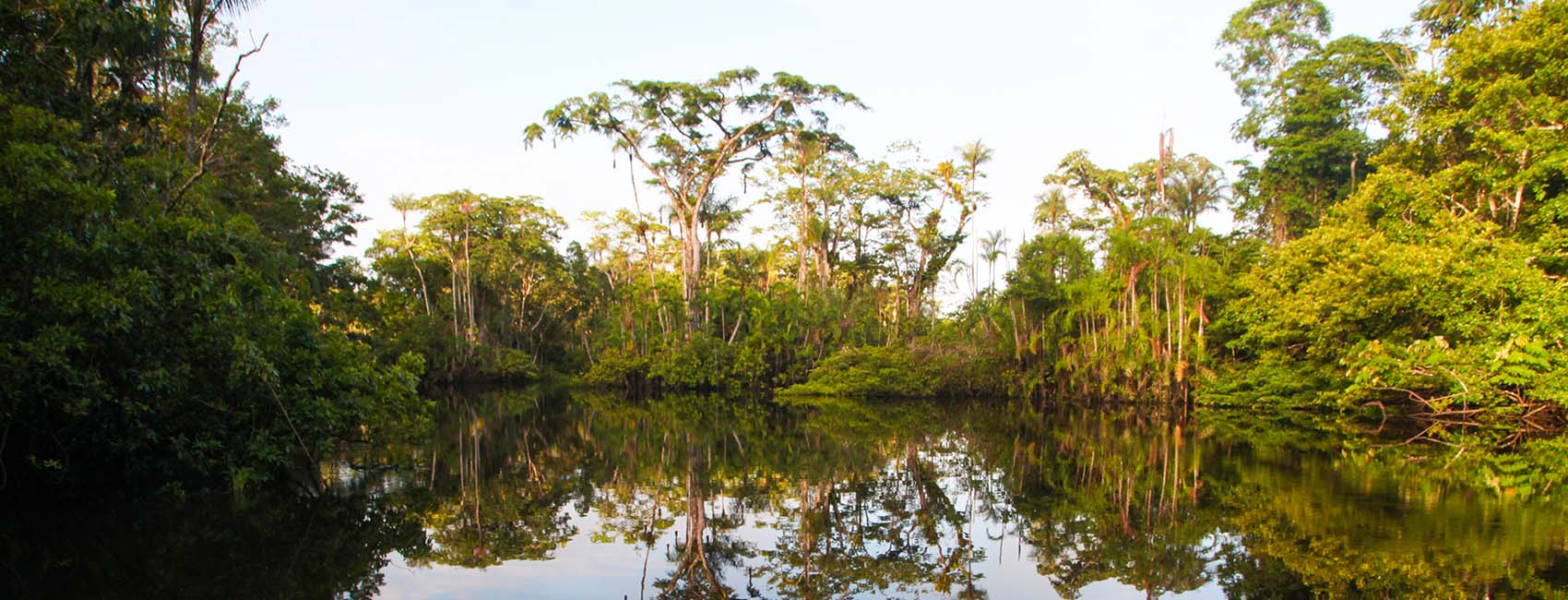
Looking for adventure? Want to take a walk on the wild side? If so, the Amazon Rainforest is a must! Spanning over 5.5 million square kilometers and nine countries, this natural paradise is home to approximately 10 million different species of animals, plants, and insects. To help you on your journey we have compiled a list of the most spectacular National Parks in the Amazon Rainforest!
Must visit:
Pico de Neblina National Park
Named after the tallest mountain in Brazil, this national park embraces both the Amazon Rainforest and Brazil’s highest mountain range. Located in Northern Brazil, this park combines towering mountain peaks and raw unexplored jungle. The mountain Pico de Neblina (which the park is named after) towers at 9,823 feet and can be seen for miles. Bring a raincoat, because this park is one of the wettest parts of the Amazon!
Jau National Park is the largest national park in South America. Covering over 5.6 million acres, Jua is home to hundreds of animals and birds. While exploring this vast park, you can come across everything from Amazon river dolphins and Amazonian manatees to fierce jaguars! The isolated Okampha tribe calls this park home and remains isolated from tourists.
Found in northern Brazil, this National park is larger than the size of the state of Maryland. This park is raw unexplored forest, home to eight different primate species, 350 bird species, and 37 lizard species. This rich and biodiverse park is home to some rare species such as the giant anteater, brown-bearded saki monkey, and harpy eagle.
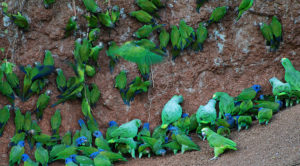 This UNESCO International Biosphere Reserve is the largest mainland national park in Ecuador, nearly 2.5 million acres of unexplored wilderness. Only receiving approximately 150 visitors annually, this park is one of the most biodiverse parks in the Amazon. More than a 170 species of mammals and 600 bird species have been found in the park. There are two primary tribes that inhabit this park, the Hauronai and Taegari. With local guides you can take a boat up and down the river to witness the true beauty of this park.
This UNESCO International Biosphere Reserve is the largest mainland national park in Ecuador, nearly 2.5 million acres of unexplored wilderness. Only receiving approximately 150 visitors annually, this park is one of the most biodiverse parks in the Amazon. More than a 170 species of mammals and 600 bird species have been found in the park. There are two primary tribes that inhabit this park, the Hauronai and Taegari. With local guides you can take a boat up and down the river to witness the true beauty of this park.
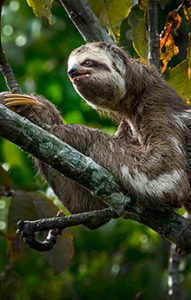
The Cuyabeno Biosphere Reserve is situated in both Napo and Sucumbíos Provinces in the Ecuadorian Amazon Region; founded in 1979, it contains 603.380 hectares of tropical rainforest stretching north towards the Colombian border and east to the Peruvian border.
The access can either be from Quito by plane to Lago Agrio (40 minutes flight), then canoe ride down the Aguarico River to the chosen Lodge. Visitor can also arrive by public bus (9-10 hours) to Lago Agrio to start their tour.
Cuyabeno was once part of a Pleistocene refuge, an area in which the process of evolution continued throughout the last Ice Age while life around it ground to a frozen halt. Consequently, Cuyabeno is now an important hot spot of biological diversity. It houses over 500 species of birds, 250 species of fish and 100 species of mammals, which makes the Reserve a great natural example of the Jungle’s biodiversity
This national park covers nearly 4.5 million acres, making it the largest area of protected land in Peru. If you are interested in bird watching, then this is the park to visit, Manu is said to be home to 10% of all the bird species in the world. The topography in the park ranges from 650 feet in elevation to 13,123 feet! The unique landscape contributes to the rich biodiversity of the park.
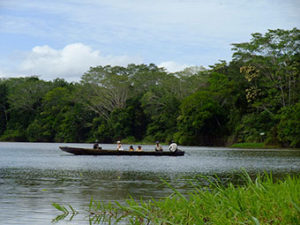 The Pacaya Samiria National Reserve stretches over Loreto, Requena, High Amazon and Ucayali provinces. The reserve stretches over 2,080,000 hectares and is located in the Ucamara depression, where the Ucayali and Marañon Rivers converge giving origin to the Grand Amazon River. The south-western part is delimited by a border of low hills that divides the waters from the Huallaga River.
The Pacaya Samiria National Reserve stretches over Loreto, Requena, High Amazon and Ucayali provinces. The reserve stretches over 2,080,000 hectares and is located in the Ucamara depression, where the Ucayali and Marañon Rivers converge giving origin to the Grand Amazon River. The south-western part is delimited by a border of low hills that divides the waters from the Huallaga River.
Pacaya Samiria is the second largest protected natural area in Peru and one of the best spots for nature & adventure tourism. The reserve protects tropical rainforest ecosystems that contain great biodiversity which makes it a Natural Wonder of the World. The main purpose of the reserve is to preserve flora and fauna resources, as well as Local Communities that makes the most of the area’s natural resources. The reserve contains the basins of the Pacaya, Samiria and Yanayacu-Pucate Rivers.
Great portion of the territory is floodable jungle, with various islets and lagoons; the most visited is the “El Dorado”, considered the heart of the reserve and containing the most fauna, located in the Yanayacu low basin and it poses as a successful example of entrepreneurship in Community tourism.
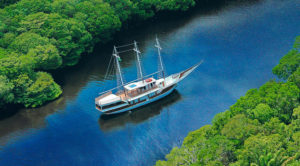 When sailing along the rivers visitor can observe pink-dolphins, manatees, variety of monkeys and many species of birds, mammals and fish. There are also several activities to enjoy in the area such as: hiking, trekking, camping, caving, bird-watching, and flora and fauna spotting. These activities are offered when taking a river Cruise and/or by taking a Lodge program.
When sailing along the rivers visitor can observe pink-dolphins, manatees, variety of monkeys and many species of birds, mammals and fish. There are also several activities to enjoy in the area such as: hiking, trekking, camping, caving, bird-watching, and flora and fauna spotting. These activities are offered when taking a river Cruise and/or by taking a Lodge program.
Regarding weather, the monthly average temperature ranges between 20 °C and 33 °C (68° and 92° F). The rainy season occurs between October and April and the best time for visiting the reserve is between May and September.
Access to the National Reserve is by Air from Lima (Capital of Peru) to the City of Iquitos for about 1 hour, 45 minutes. On arrival, tourists are transferred to Nauta (3 hours, approximately).
There are three main tourist routes:
This national park is one of the largest protected areas in the country. The unique geography of Madidi places the tropical jungle in the shadows of snow-capped mountains. The varying elevation offers unique ecosystems from mountain peaks to cloud forests and tropical jungles. Due to the differing ecosystems this park is one of the most diverse areas of the Amazon Rainforest.